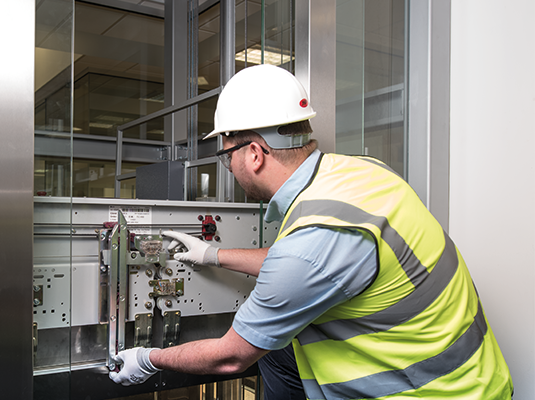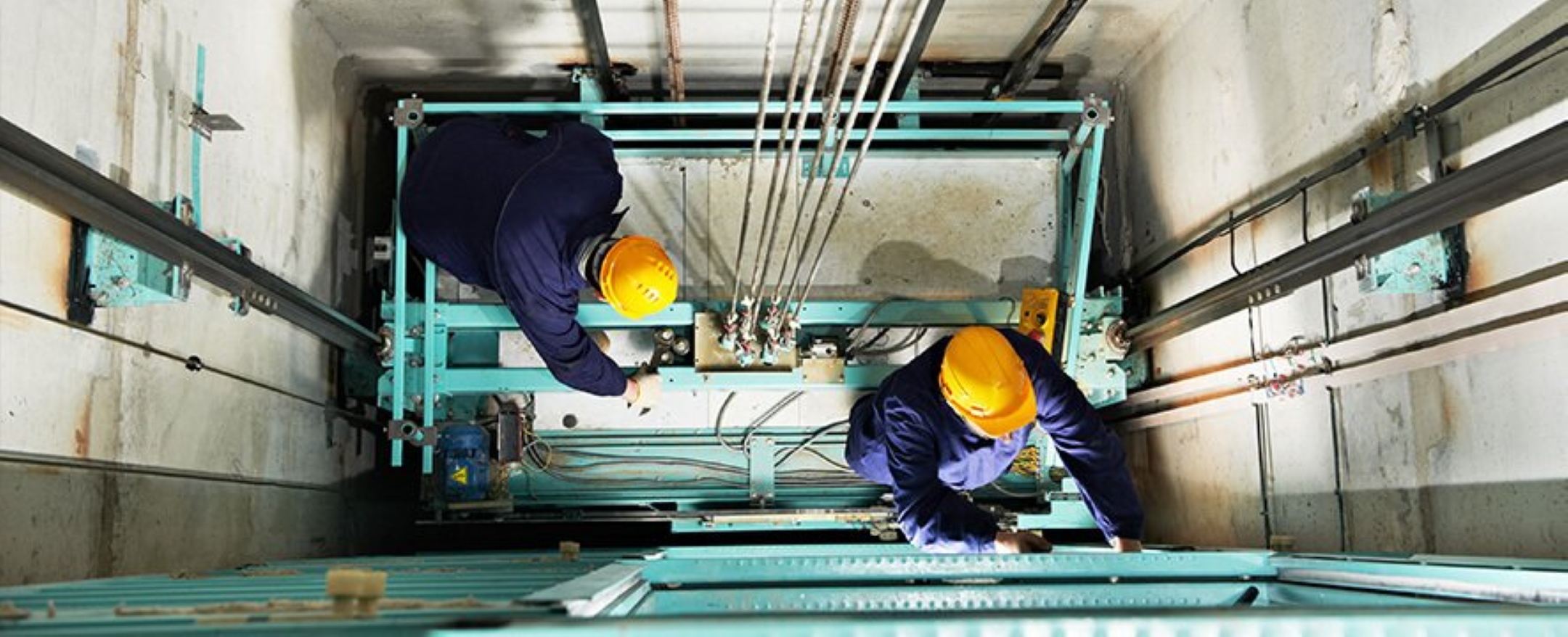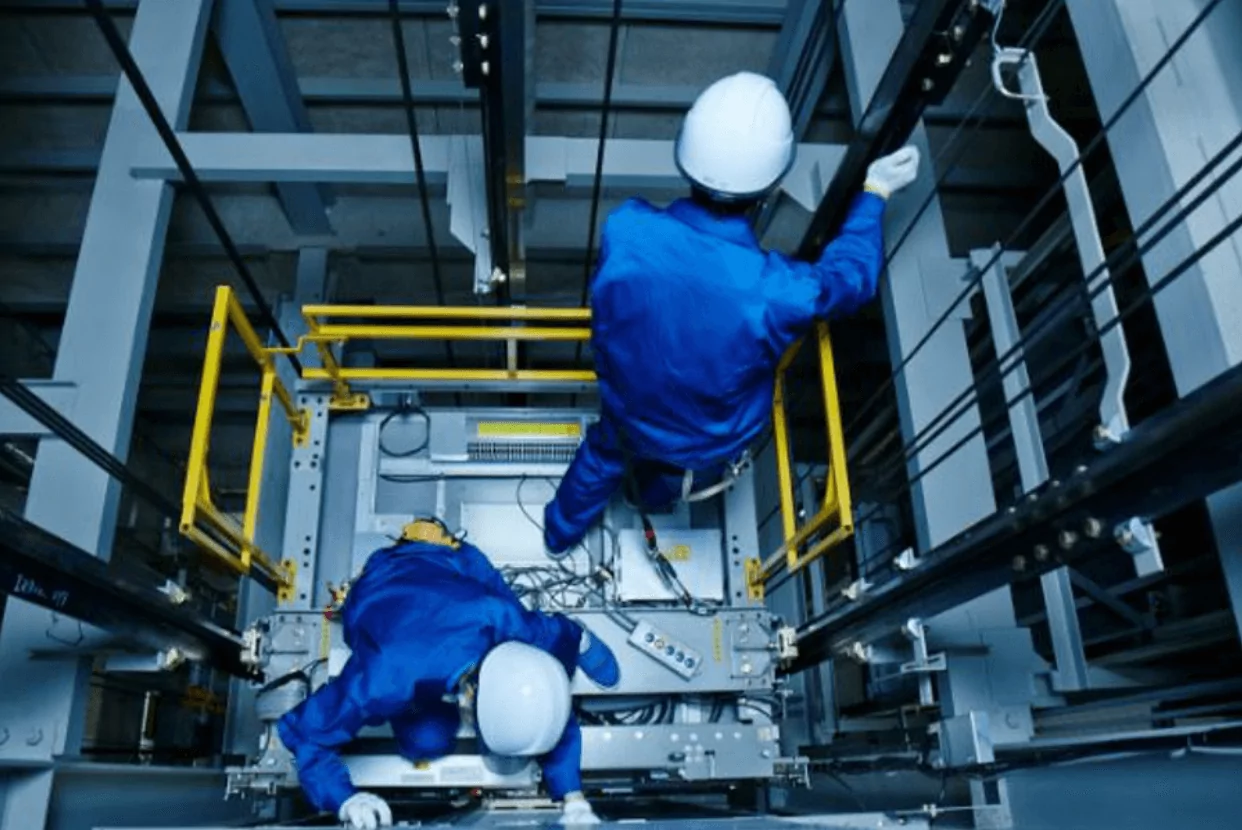Disabled Platform Lift Solutions-- Enhancing Access with Trustworthy Lifts
Comprehensive Upkeep List for Ensuring Optimal Efficiency of Platform Lifts for Disabled Individuals
Keeping the optimum performance of platform lifts marked for people with impairments is a crucial aspect of guaranteeing their security and availability. There is a critical facet often forgot that can considerably affect the overall efficiency and security of these lifts.
Inspection and Cleansing Procedures
To make certain the optimum performance and security of system lifts, complete and regular assessment and cleansing treatments should be vigilantly followed. Any signs of wear and tear, uncommon sounds, or malfunctions should be resolved quickly to preserve the lift's performance and stop crashes.

Lubrication and Oiling Methods
Regular upkeep of platform lifts extends past assessments and cleaning treatments to consist of the vital facet of lubrication and greasing strategies for optimal efficiency and durability. Lubrication plays a vital role in making certain smooth operation and preventing damage on moving components. When it pertains to system lifts for impaired individuals, appropriate lubrication is important to keep risk-free and dependable capability.
To begin, it is crucial to make use of the appropriate kind of lube for each and every element of the system lift. Different components may call for particular lubricating substances such as silicone-based or lithium-based oils. Routinely examining the problem of the lubricating substance and guaranteeing correct levels are maintained is essential to stop friction and rust.
Furthermore, greasing methods ought to be executed adhering to producer standards and upkeep schedules. Over-greasing or under-greasing can both result in functional issues, so it is essential to strike the right equilibrium. By adhering to a detailed lubrication and oiling programs, system lifts can operate effectively, silently, and securely, ultimately benefiting the people that depend on them for access.

Electric System Checks and Testing
Maintenance of system raises consists of detailed checks and rigorous screening of the electric system to make sure ideal performance and safety. The electric system is an essential part of system lifts for impaired people, as it powers the lift mechanism and various safety and security attributes.
Routine testing of the electric system is critical to stop malfunctions, reduce downtime, and guarantee the safety of lift individuals. This consists of monitoring voltage levels, conducting insulation resistance examinations, and validating the proper functioning of backup power systems. Any type of abnormalities or inconsistencies from basic operating parameters should be immediately dealt with to preserve the lift's reliability and conformity with safety laws. By focusing on thorough electrical system checks and screening as part of routine maintenance, system lift proprietors can lengthen the life-span of their devices and give a secure transportation solution for individuals with impairments.
Safety System Confirmation

Additionally, the over-speed governor, an important safety feature that avoids the lift from relocating also this content rapidly, ought to undergo thorough screening to verify its efficiency. It is also vital to take a look at the interlock system that makes sure the doors are securely locked while the lift functions. Routine verification of these safety and security systems is critical in upholding the safety and security requirements of platform lifts and guarding the health of individuals.
Emergency Readiness and Reaction
In times of crisis, a distinct emergency readiness and action plan is basic to ensuring the security and safety of system lift users. Platform lifts are critical for allowing disabled people to access various levels of structures, making it important to have measures in location for emergencies. Emergency readiness includes you can check here performing regular drills to acquaint users and personnel with evacuation procedures in instance of power failures, mechanical failings, or other unanticipated incidents. It is necessary to plainly show emergency situation contact info and guidelines for users in easily accessible layouts near the lifts. Maintenance workers need to also be trained to promptly respond to emergency situation telephone calls and fix any concerns effectively. Additionally, developing interaction protocols with appropriate authorities, such as constructing management and emergency situation solutions, can promote a coordinated reaction during essential situations. By prioritizing emergency situation readiness and reaction, system lift operators can improve the general safety and security and capability of these vital ease of access gadgets for handicapped people.
Conclusion
Finally, routine upkeep of system lifts is essential for guaranteeing optimal efficiency and safety and security for handicapped individuals. lift modernization. By complying with a comprehensive list that consists of evaluation, cleaning, lubrication, electric system checks, security system verification, and emergency situation preparedness, the risk of breakdowns and mishaps can be minimized. It is crucial to focus on maintenance to provide a trusted and effective means of transport for individuals with disabilities